Myelodysplastic Syndrome Blood Smear
Myelodysplastic syndrome blood smear. If acute myeloid leukemia supervenes it. The diagnosis of the myelodysplastic syndrome should include a complete blood count and peripheral blood smears. Diagnosis is by blood count peripheral smear and bone marrow aspiration and biopsy.
Enlarge Blood cell development. Blood smear The peripheral blood smear usually demonstrates dysplasia in the red and white blood cell series and may reveal platelet abnormalities. Poor stain quality can give the.
Red blood cells Red blood cells are usually normocytic or macrocytic but some patients may have a subpopulation of hypochromic microcytic red cells. The red blood cells show marked poikilocytosis in part related to post-splenectomy status. Platelet levels may also be low which can cause bleeding and bruising.
Blood smear from an adult female with a myelodysplastic syndrome related to radiotherapy and chemotherapy for Hodgkin disease. In a patient with a myelodysplastic syndrome the blood stem cells immature cells do not become mature red blood cells white blood cells or platelets in the bone marrowThese immature blood cells called blasts do not work the way they should and either. A hypogranular neutrophil with a pseudo-Pelger-Huet nucleus is shown.
A subsequent bone marrow biopsy and aspiration disclosed hypercellularity and morphologic abnormalities within the megakaryocyte erythroid and myeloid series. When a myelodysplastic syndrome is suspected a bone marrow study should be performed including cytogenetic studies to detect genetic mutations. Peripheral blood smear analysis revealed anisocytes mild leukopenia and occasional hypersegmented eosinophils.
When writing a review on the myelodysplastic syndromes MDSs for the readers of Blood the overriding challenge is how to make it interesting for those outside the myeloid malignancies field but also provocative enough for those investigating or treating patients with this diseaseThe availability of several FDA-approved therapies for MDS and of mouse models that recapitulate aspects of. The diagnosis of MDS is based upon cytopenia in the peripheral blood. A hematologist will also look at the blood sample under a microscope in a test called a blood smear.
Sections of peripheral blood smears. In the myelodysplastic syndrome blood cell components fail to mature and the condition may progress to acute nonlymphocytic leukemia.
When you have to be right.
Myelodysplasia in blood smears is typically characterized by neutrophils with hypogranular cytoplasm and hypolobated or occasionally hyperlobated nuclei. All of these studies are useful to diagnose and stage the disease. The diagnosis of the myelodysplastic syndrome should include a complete blood count and peripheral blood smears. Diagnosis is by blood count peripheral smear and bone marrow aspiration and biopsy. The presence of elevated nucleated red blood cells NRBC in the peripheral blood smear points towards the presence of myelodysplastic syndrome MDS or myelophthisis. Myelodysplastic syndrome MDS is a group of disorders associated with dysfunctional and ineffective bone marrow that leads to decreased production of one or more types of blood cells. In MDS red blood cell levels may be low which causes anemia. Blood smear The peripheral blood smear usually demonstrates dysplasia in the red and white blood cell series and may reveal platelet abnormalities. Red blood cells Red blood cells are usually normocytic or macrocytic but some patients may have a subpopulation of hypochromic microcytic red cells.
If acute myeloid leukemia supervenes it. Peripheral blood smear analysis revealed anisocytes mild leukopenia and occasional hypersegmented eosinophils. When a myelodysplastic syndrome is suspected a bone marrow study should be performed including cytogenetic studies to detect genetic mutations. The diagnosis of the myelodysplastic syndrome should include a complete blood count and peripheral blood smears. Platelet levels may also be low which can cause bleeding and bruising. It can lead to anemia recurrent infections andor excessive bruising and bleeding. When you have to be right.

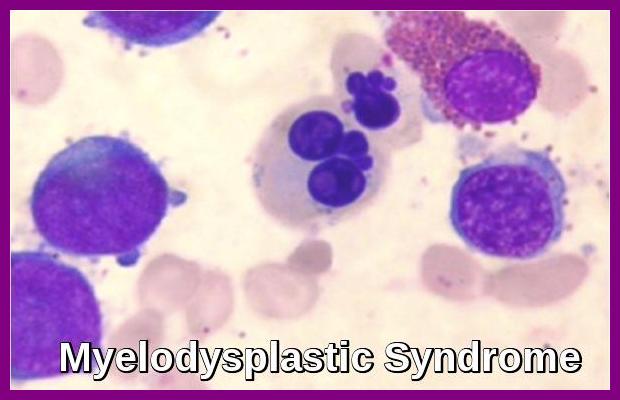
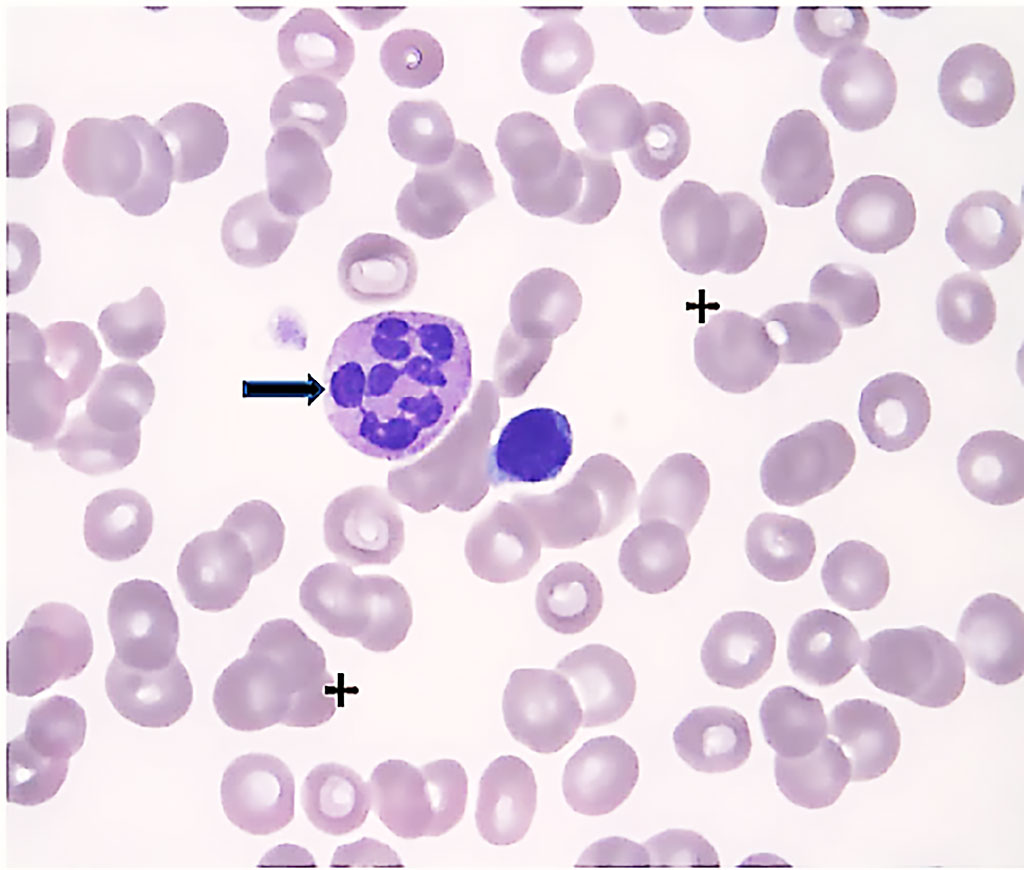

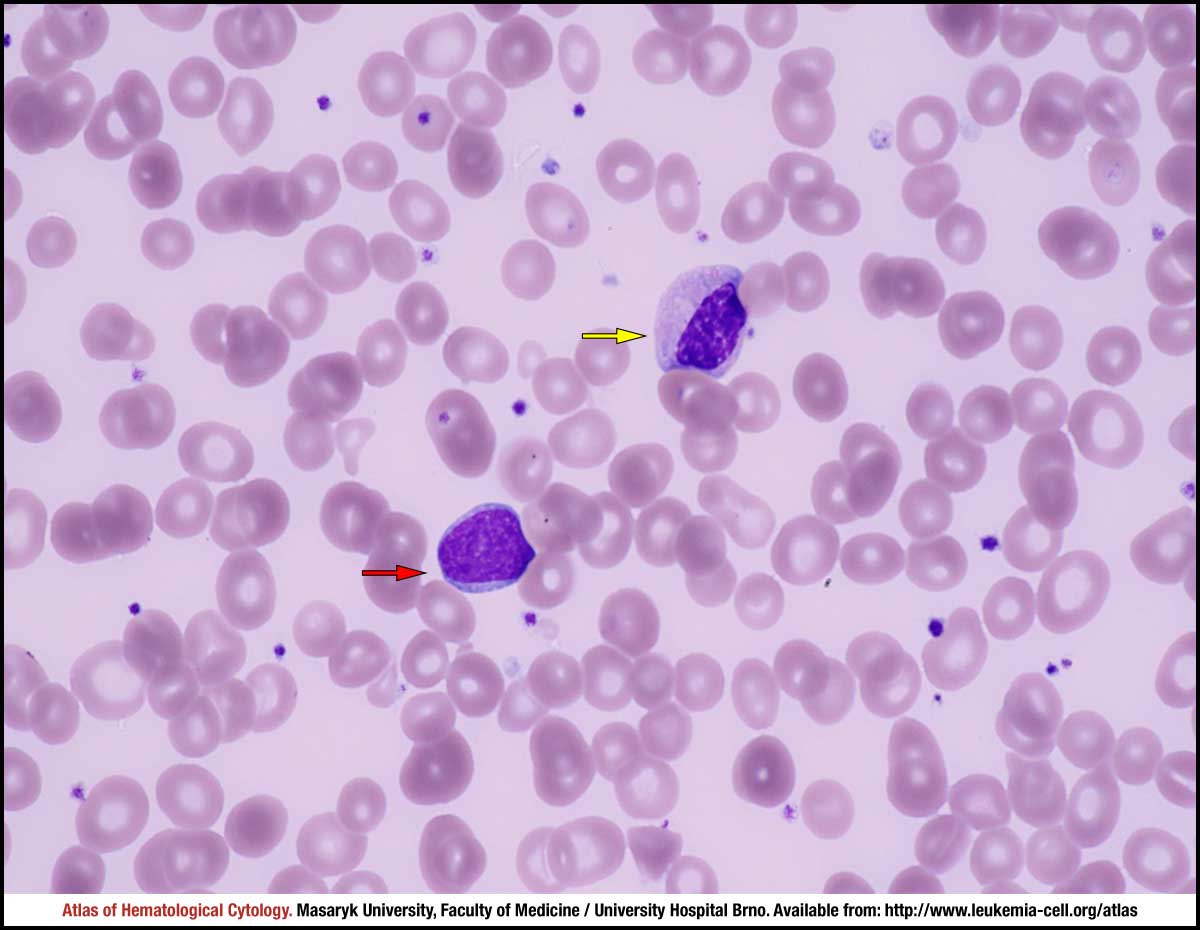







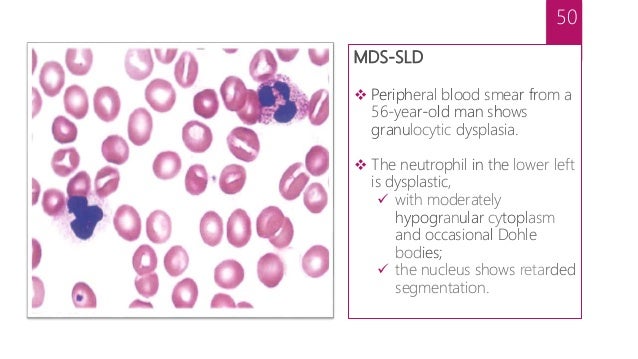
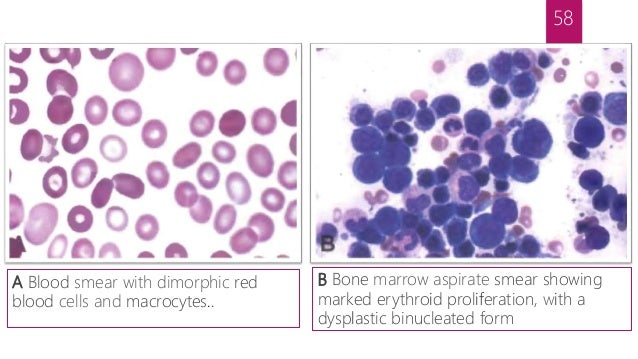



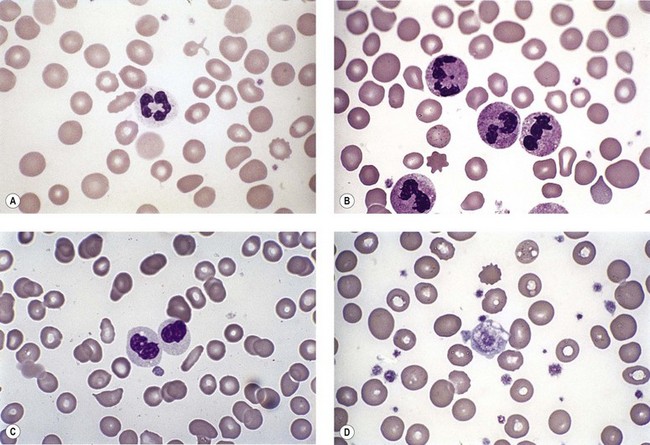
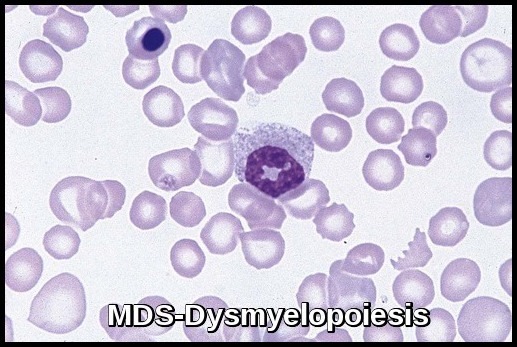












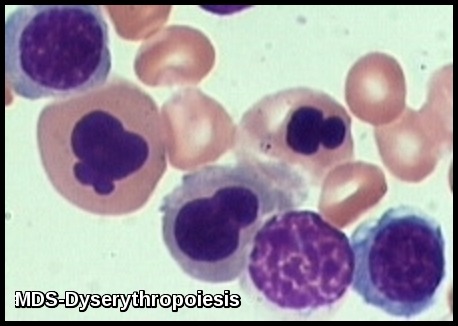


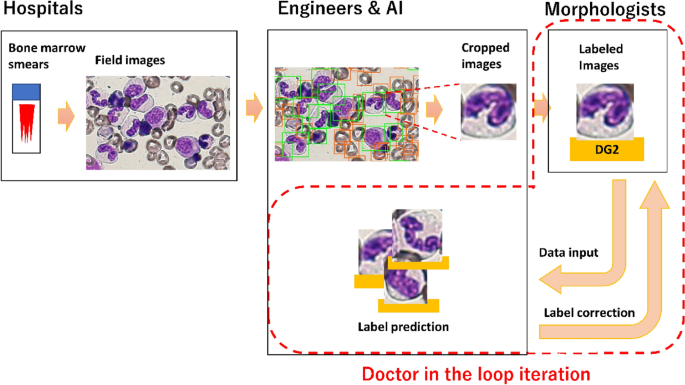




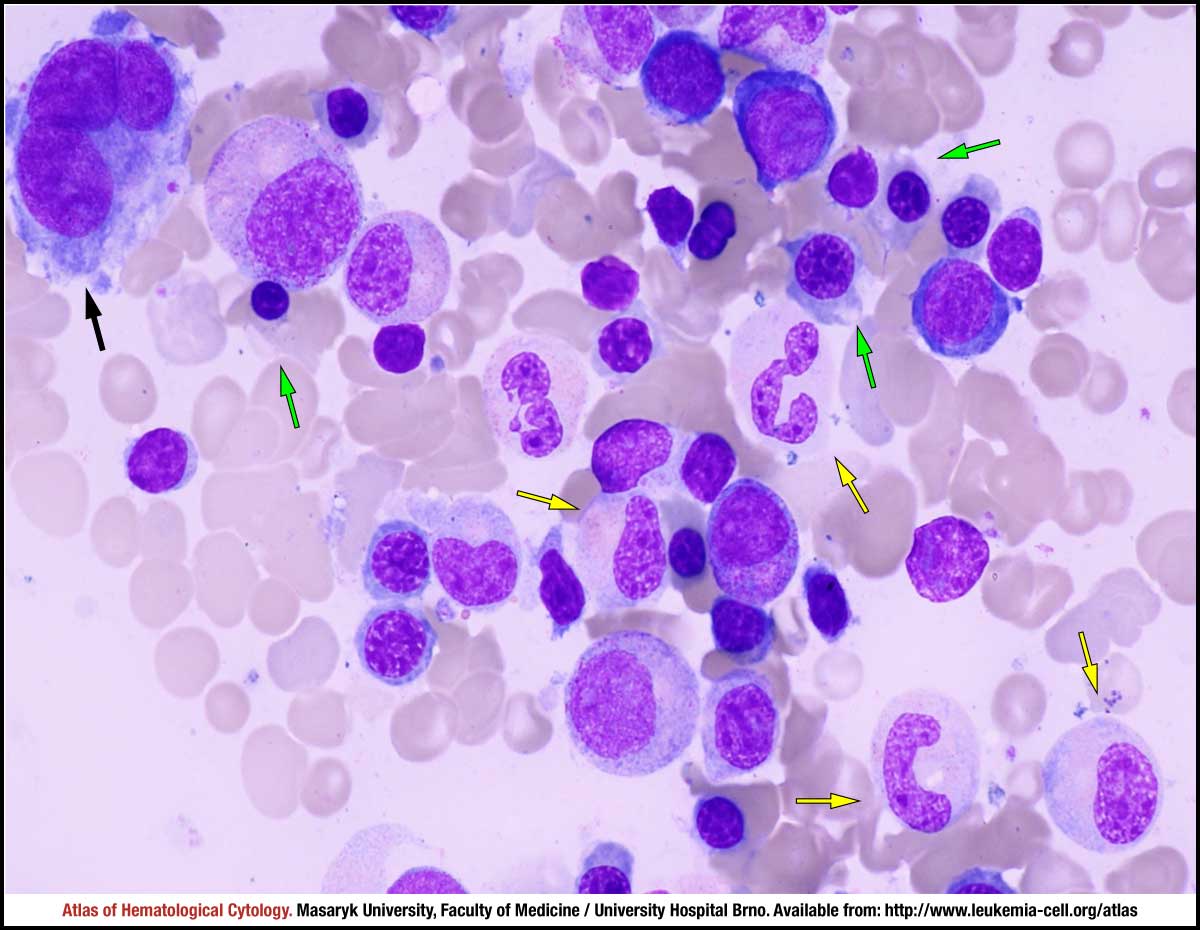

Post a Comment for "Myelodysplastic Syndrome Blood Smear"